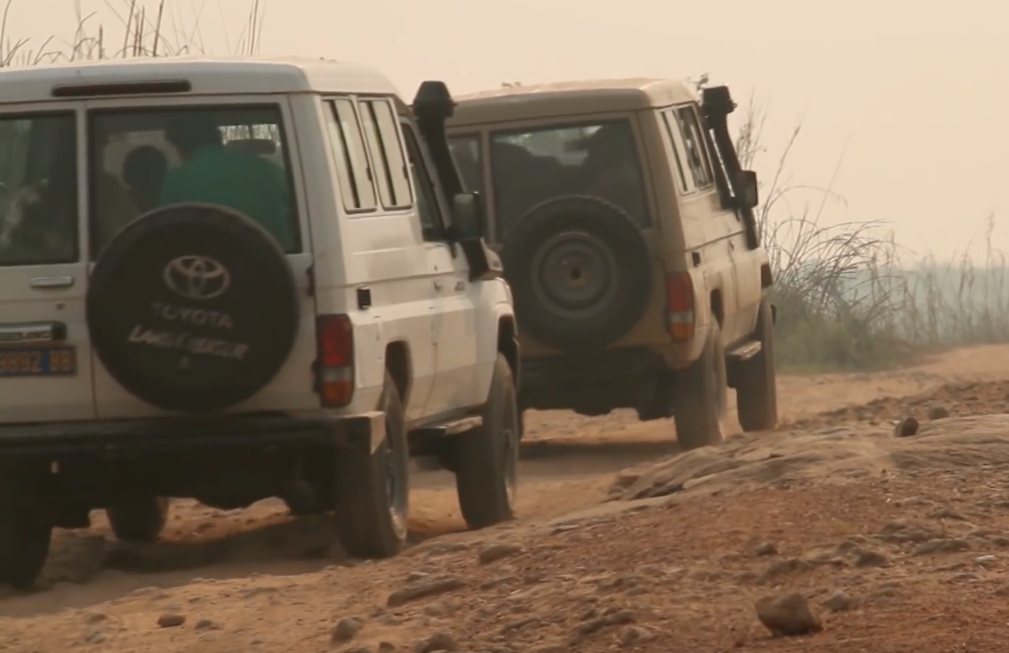
Advertisement
Your bug-out vehicle is more than just a car, it’s a lifeline. In the event of a large-scale calamity, whether it’s a hurricane, an epidemic, or a nuclear attack, having a reliable ride at the ready could be your only hope at getting yourself and your family to safety.
Considering the crucial role that a bug-out vehicle plays, just about any car won’t make the cut. However, there isn’t a single make or model that suits everyone either. Carefully considering your needs and the options you have at your disposal will bring you closer to making the right choice.
Here are six factors to consider that will help you choose the best bug-out car. (h/t to ThePreppingGuide.com)
Maintainability
In difficult situations, not being able to repair your car can put your safety at risk. Low-maintenance vehicles that you can fix by yourself are, therefore, preferable. Having simple parts that are easy to find is also a huge plus.
In many cases, people choose to buy second-hand cars and then convert them into bug-out vehicles. If you do the same, keep in mind that you may need to perform a few adjustments and replacements before you can depend on the car for your safety.
Fuel efficiency
You may have to use your bug-out vehicle in situations where you won’t have the time and access to refueling stations as they could be full, emptied, closed, or destroyed. Besides keeping an adequate reserve of fuel, ensuring that your car has good gas mileage will lower your risk of getting stranded in the middle of nowhere.

Space
When it comes to how spacious your car ought to be, more is always better than less. There’s no telling what extra cargo you’ll be loading or who you’ll be picking up at the last moment, so having extra space will keep you prepared for the worst.
Don’t inquire about the cost of buying your own bus just yet though. A good rule of thumb is to limit your car to a size that fits your companions and intended cargo, with some space to spare. For example, if you plan on being a lone prepper, a compact four-seater would do just fine. You might even have a seat or two empty for an extra bag or a friend who wants to tag along.
The same wouldn’t be true if you have family members whose presence and belongings will take up space. In this case, you might want to consider a larger vehicle – an outdoor SUV perhaps.
Speed
Speed isn’t your biggest concern but your bug-out vehicle can’t be slow either. There may be times when you’ll need to step on the pedal and rush from one place to another, especially in the case of medical emergencies. It’s in this regard that some military-grade cars fail. They’re sturdy but the extra armor often makes them too heavy and ends up slowing them down. (Related: Five must-have communications devices for any emergency.)
Noise
It’s important to have a car that makes as little noise as possible. During difficult times, some people turn bad. A noisy car could call the attention of crooks who’d want to take your food, your fuel, your ammunition, and your ride. Sometimes, it’s not enough to have bullets if you want to protect yourself and your loved ones; secrecy also goes a long way.
Terrain
The comfort and convenience of paved highways won’t always be available when SHTF. You might have to go off-road and traverse rocky areas or cross a few streams. You may also need to go through rough and unpredictable weather. Keep in mind that the best bug-out vehicle is one that can take nature’s beating so you and your family don’t have to.
Just having a car isn’t enough; learn more about survival vehicles at Survival.news.
Sources include:
Submit a correction >>
This article may contain statements that reflect the opinion of the author
Advertisement
Advertisements















